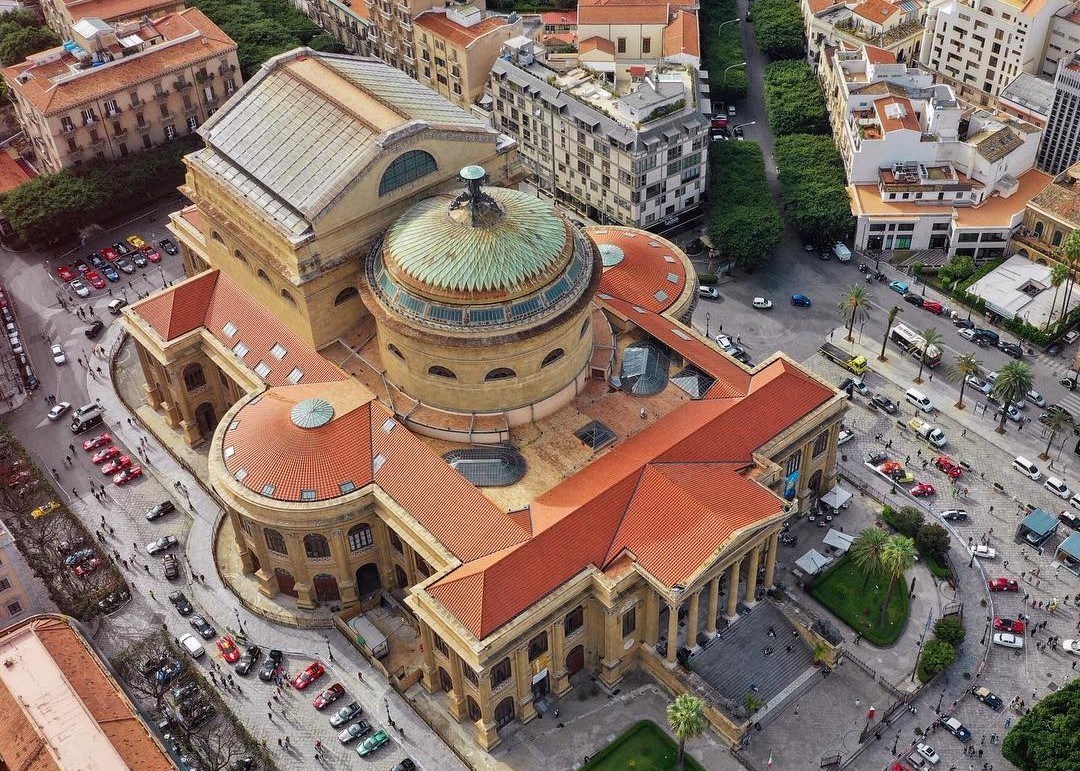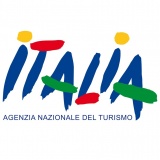
 italia.it
italia.it
Italian culture and history: Palermo, peeling away at its layers
- WTI Magazine #124 Feb 16, 2020
-

 italia.it
italia.it
Getting around Palermo is easy. Everything revolves around a topographical and symbolic centre: Piazza Villena. The people of Palermo prefer to call it Quattro Canti, in reference to the four symmetrical façades of the buildings which look out onto the square. Of an octagonal shape, it is located at the intersection between the two main streets of the city: Via Maqueda and Via Vittorio Emanuele, also known as the Cassaro. By the way, while visiting Palermo you will learn that here everything, or almost everything, has an official name and a commonly used name. Quattro Canti divides the historic centre into four quarters or districts: Palazzo Reale, Monte di Pietà, Castellamare, Kalsa-Tribunali.
A short distance from Piazza Villena we find Piazza Pretoria, re-named Square of Shame by the population because of the great fountain which dominates the square. Some say that the reason for this nickname is because of the nude statues which adorn it, but the most probable reason is that it comes from the indignation of the people for the high price paid by the Senate of Palermo for the purchase of the fountain.
Just over one hundred metres away, the Churches of Saint Mary of the Admiral (actually called “La Martorana” by the people of Palermo) and San Cataldo, and – if you like – we can take this opportunity to peel away the next layer: the Arab-Norman Palermo.
Three cultures, but just one style: Arab-Norman Palermo
The harmonious fusion of different cultures in Palermo has created a style which is unique all over the world, known as Arab-Norman, since 2015 a UNESCO world heritage site. To the two influences which appear in the name, it is important to add at least a third, the Byzantine one, which is evident in the wonderful mosaics which enrich the interiors of several monuments.
The UNESCO site includes nine civil and religious buildings: seven located in Palermo, while to visit the other two you must go outside the city, for a not-to-be missed excursion. The astounding Monreale Cathedral is located just 5 km from Palermo: its mosaic decorations inside - stretching over 6,340 square metres - will leave you speechless! The other UNESCO monument outside of Palermo is the Cefalù Cathedral, located in a spectacular position under the rock dominating the town, just a few short steps from the beach.
The colours, the smells, the sounds of the markets
It is time to abandon yourself to the sensory ecstasy and indulge in a stroll through the historical markets of Palermo: the Vuccirìa, Ballarò, Capo and Borgo Vecchio. Wander around all the stands with fruits, vegetables, meat, fish, while the vendors sing the praises of their own goods with the typical Palermo-style ‘vanniata’ or ‘banniata’, a sing-song chant recited aloud which is not always easy for a “foreigner” to understand and is similar to the call of the muezzin. In the evening the markets are transformed and they come to new life as a meeting place for young people.
Should you suddenly feel hungry, know that you are in the right place: Palermo is one of the world capitals of street food. Taste the delights offered in the markets, in the cafés, in the streets and squares: arancine (fried rice balls), panelle e crocché (chick pea and potato fritters), pani c‘a meusa (bread with spleen), sfinciuni (Sicilian pizza), stigghiole (guts), boiled octopus, to name just a few of the local delicacies.
On the tracks of the Holy Inquisition
Today the site of the Rectorship of the University, Palazzo Chiaramonte-Steri was build for the powerful member of the Sicilian aristocracy, Manfredi Chiaramonte in the Fourteenth century. It later became the site of the Inquisition, active in Sicily from the Fifteenth to the Seventeenth century. We strongly recommend the guided tour: some of the highlights are the viewing of the painting by Guttuso, “La Vuccirìa” (dedicated to the famous market), the Sala dei Baroni room with its wooden ceiling decorated with medieval stories and legends and the prisons of the Inquisition, which became famous for the graffiti left behind by the inmates.
Sentencing often took place in the adjacent Piazza Marina, dominated today by the beautiful Garibaldi Gardens. Go through the entrance gate and enjoy a few minutes of relaxation in the shade of one of the oldest and largest ficus trees in Italy. If possible, you should return Sunday morning for a few bargains in the extravagant flea market, or in the evening, when the square and its surroundings are livened up by the spirited night life.
A few steps from the square we find Palazzo Abatellis, the site of the Regional Gallery of Sicily, small and interesting art museum which boasts works of art such as The Virgin Annunciate by Antonello da Messina and the extraordinary great fresco of the Triumph of Death.
The enchantment of the Opera dei pupi puppet theatre
Regardless of the difficulties, the staunch commitment of several puppeteers is what keeps the tradition of the Sicilian Puppet Theatre alive, it is the first expression of Italian culture to be included, in 2008, among the Oral and Intangible UNESCO World Heritage of Humanity.
Return to being children during the storytelling, to an epic, fairy and ironic time, of the arms and of the affections of the paladins of the court of Charlemagne, occupied in the battles against the Saracens, monsters and sorcerers.
Relaxing on the beach
Crystalline waters, fine sand, stupendous panorama. We are talking about Mondello beach, a fraction of Palermo famous also for its Liberty-style villas. To enjoy a day of sun or a stroll on the promenade, it is not even necessary for you to come during the summer: this is Sicily and, with a little luck, you can experience some wonderful moments of relaxation all year round!
So many more layers still to peel away! We leave you with one last recommendation. When you are in Palermo, keep all your senses on alert: pay attention to the details, listen to the sounds, follow the shadows and the traces of perfume... It is certain that in every corner of this immense city a possible, enthusiastic discovery is hidden.